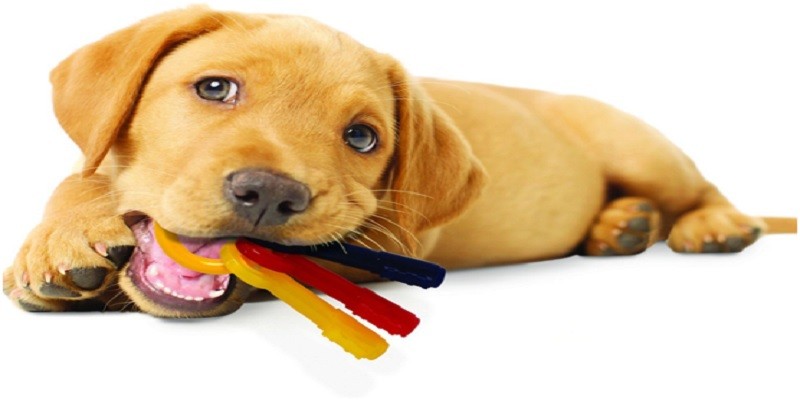Last Updated on October 8, 2023 by Pauline G. Carter
Ever caught your dog vigorously shaking his toys and wondered what’s going on in that furry head of his? It’s a question many dog owners ask. This isn’t just random canine chaos; there’s actually a reason behind it. Believe it or not, your pup is acting out an ancient hunting routine, basically pretending to “finish off” his prey.
But why should you care? Well, getting the lowdown on this behavior can give you a richer understanding of your dog’s world. By the end of this read, you’ll have the insights you need to make playtime more enjoyable and safe for your four-legged friend. Plus, you’ll know when that toy-shaking is just fun and games, or if it’s something to keep an eye on.
Why Do Dogs Shake Toys?
Ever wondered why your dog is so obsessed with shaking toys? This behavior isn’t just random; it has deeper implications tied to instincts, play, and communication.
It’s in Their Blood
Your dog’s toy-shaking behavior is closely tied to survival instincts inherited from his wolf ancestors. In the wild, a shake could mean the difference between securing a meal and going hungry. Even in the comfort of your home, this ancestral instinct remains.
They’re Playing
Shaking is also a form of play and mental stimulation for dogs. It offers them a break from routine, keeps their brain active, and contributes to emotional well-being. Some dogs even shake toys to beat boredom when they’re alone, making it a multifaceted form of entertainment.
Saying Something to You
Don’t ignore your dog when he shakes a toy in front of you; he’s trying to communicate. Whether it’s a plea for attention or a proud display of his “catch,” this behavior serves as a bonding opportunity between you and your furry friend. So, the next time your dog vigorously shakes that squeaky toy, remember, there’s more going on than simple play.
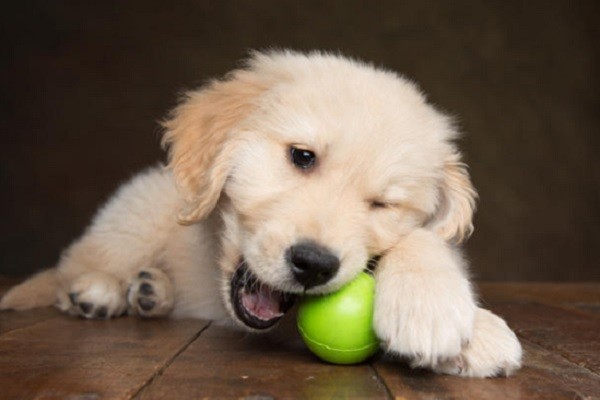
Is Shaking Toys Bad?
Navigating the world of your dog’s behaviors can sometimes feel like deciphering a complex puzzle. One frequently asked question is whether shaking toys is a bad sign. Let’s dig into this to set your mind at ease.
Safety Tips
Choosing the right toy is critical. Opt for durable toys made of non-toxic materials to prevent choking hazards. Always supervise playtime; even a sturdy toy can become dangerous if it starts to wear out.
Red Flags
Shaking isn’t usually harmful, but watch for warning signs. Aggressive shaking and possessiveness may hint at territorial issues, requiring your attention. Odd behaviors, like obsessive shaking, can also be a red flag signaling deeper issues.
What to Do Instead
Concerned? Teach your dog the “drop it” command. This can mitigate risks during vigorous play. For persistent issues, consult a certified dog trainer or a veterinary behaviorist. They can offer expert advice tailored to your dog’s needs.
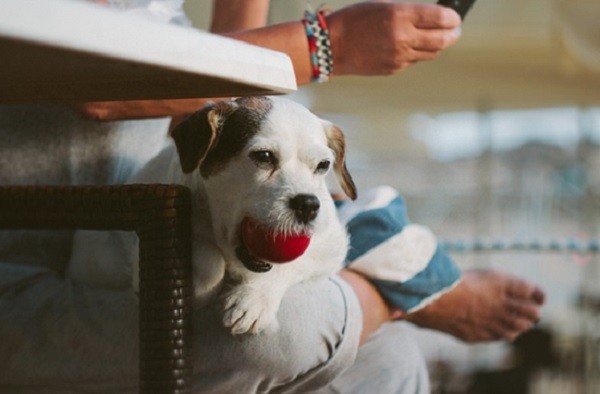
In essence, shaking toys is generally safe and rooted in natural behaviors, but as with anything involving your pet’s well-being, vigilance and proactive measures go a long way in ensuring a happy, healthy playtime.
Does Every Dog Do This?
Is toy-shaking universal among dogs? The answer depends on various factors such as breed, age, and gender. Let’s delve into these aspects to get a clearer picture.
Certain Breeds
Not all breeds are inclined to shake toys. Hunting breeds like Jack Russell Terrier are more prone to this behavior, replicating a skill essential for their ancestors. Retrievers and Hounds also commonly exhibit this trait.
Age Matters
Puppies are often more likely to shake toys than older dogs. This youthful exuberance reflects their learning phase. As dogs grow older, the action may reduce but not necessarily disappear, particularly if it’s a deep-rooted habit.
Boys vs Girls
Gender also influences toy-shaking. Males tend to do this more, possibly due to their territorial instincts. That said, many female dogs also engage in toy-shaking.
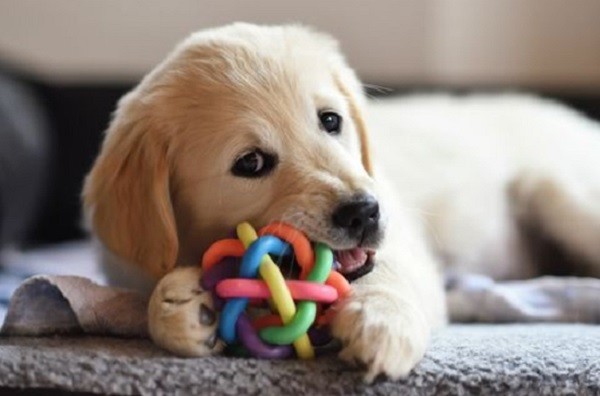
In summary, while many dogs shake toys, the frequency and intensity can vary based on their breed, age, and gender. Knowing your dog’s particular inclination towards this can enrich your bonding experience with them.
How Should You React?
Your dog’s toy-shaking behavior is more than just adorable; it also speaks volumes about their instincts and feelings. Let’s discuss the appropriate reactions to ensure your dog remains happy and healthy.
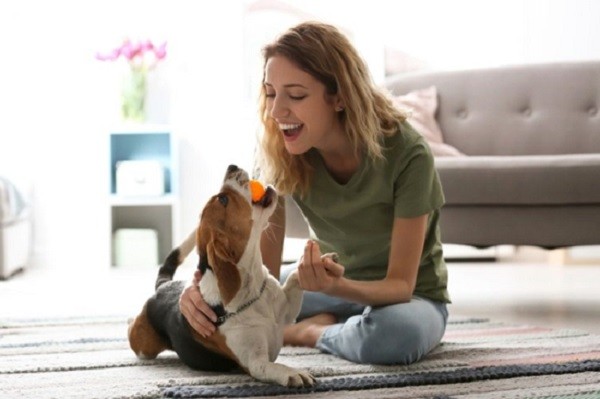
What to Do
- Cheer Them On: Positive reinforcement is key; your encouragement uplifts their spirits.
- Monitor the Play: Stay in the same room to keep an eye on your furry friend.
- Check the Toy: Make sure it’s the appropriate size for your dog.
- Stay Attentive: Interrupt play if you notice your dog trying to swallow pieces of the toy.
What Not to Do
Actions to Avoid
- Scolding: This could lead to stress or behavioral issues.
- Toy Tug-of-War: This game might promote aggressiveness in some dogs.
Best Toys

- KONG Toys: Built to last and can be filled with treats.
- Squeaky Toys: Make sure they are sturdy and can’t be easily ripped apart.
- Safe Materials: Opt for toys made from food-grade silicone or natural rubber.
- Avoid Small Parts: Toys with detachable small parts can be choking hazards.
By varying your reactions and choice of toys, you can ensure that your dog’s natural instinct to shake their toys is both accommodated and managed safely.
Read more: Best Dog Toys That Won’t Cause Harm To Your Dog
Conclusion:
To sum it up, your dog shaking its toys taps into deep-rooted hunting instincts. It’s a sign they’re happy and engaged, not a cause for alarm. Curious for more? Dive into why dogs bury toys to uncover another layer of their fascinating world.
FAQs
Will Shaking Toys Make My Dog Mean?
Answer: Unlikely. Toy shaking is generally harmless, rooted in natural behaviors. If you’re concerned about aggression, a vet’s input can offer peace of mind.
What if My Dog Doesn’t Shake Toys?
Answer: No big deal! Just like people, dogs have their quirks. Some may not feel the instinctual pull to shake toys, but that doesn’t mean they aren’t healthy or happy.
Can We Play Tug-of-War?
Answer: Yes, in most cases. Tug-of-war can be a fun and bonding experience. Just be cautious—always let your dog win sometimes to boost their confidence, and avoid overly aggressive tugging which can harm their teeth or jaws.

